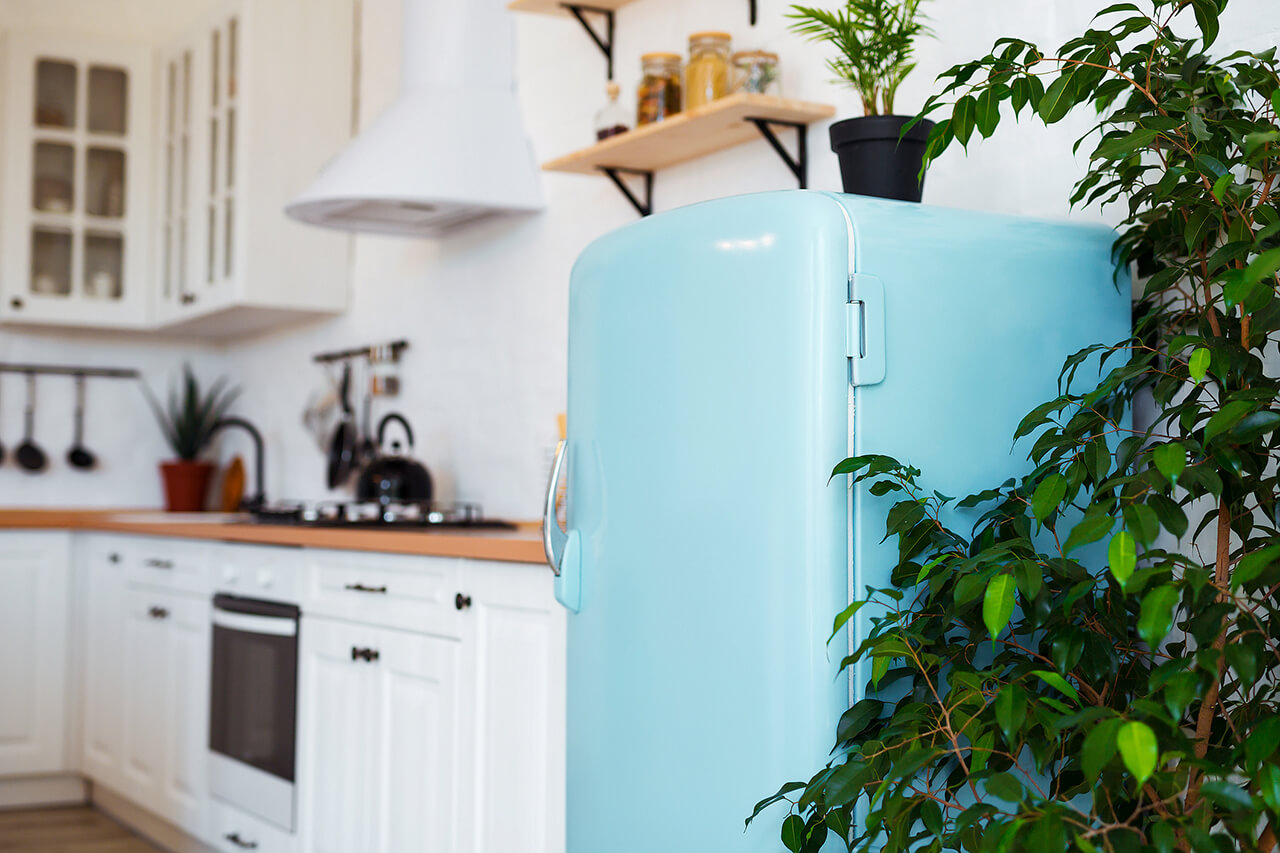How Much Does It Cost to Refinish an Appliance?
Typical Range:
$149 - $534
Typical Range:
$149 - $534
Cost data is based on actual project costs as reported by 89 HomeAdvisor members. Embed this data
.
.
.
.
.
.
.
.
.
.
.
.
.
.
.
.
.
.
.
.
.
.
.
.
.
.
.
.
.
.
•
•
•
•
Published September 15, 2021
Written by HomeAdvisor.Appliance refinishing costs an average of $340. The national cost range is between $60 and $1,500, with most projects costing between $149 and $534.
Refinishing lets you refresh and update the look of your kitchen appliances, saving you money if your appliances look tired but still work well. Refinishing your appliances is also a good way to reduce the cost of kitchen remodeling. Instead of getting new appliances, you can simply refinish the existing ones to match the look of your new kitchen.
Let's calculate cost data for you. Where are you located?
Where are you located?
| National Average | $340 |
| Typical Range | $149 - $534 |
| Low End - High End | $60 - $1,350 |
Cost data is based on actual project costs as reported by 89 HomeAdvisor members.
The cost of materials for appliance refinishing varies considerably, depending on the type of paint required and the size of the appliance.
Cans of standard appliance epoxy paint that are suitable for refrigerators, freezers, tumble dryers and washing machines cost $5 to $7 per can. A typical refrigerator requires up to 10 cans to refinish. Therefore, the material cost to refinish a standard refrigerator is $50 to $70.
Refinishing an oven requires high-heat paint, which is more expensive, at $8 to $15 per 12-ounce can. However, you tend to need fewer cans as ovens are usually smaller than refrigerators. So, if you need five to seven cans to cover a standard oven, the material price to refinish an oven is $40 to $90.
Labor costs for appliance refinishing run from $40 to $70 per hour, on average. You should allow at least three hours for labor when budgeting, as your pro will apply at least three coats of paint to your appliance, plus a potential top coat. You also need to allow time for removing, cleaning, restoring, and replacing all the hardware.
If your pro wants to ship the appliance to their workshop, you'll need to account for this in your budget, too. However, shipping costs vary wildly depending on your location and how far the appliances have to travel. So if you want to get a pro, minimize transport costs by hiring an appliance repair service near you.
To work out the approximate total cost, you need to know the total surface area of your appliance so you know how many cans to buy. The table below shows you average appliance dimensions, with the total surface area in square feet. It also assumes you'll need three to four coats of paint to achieve a smooth, even, long-lasting finish, and that each can cover a maximum of 25 square feet in a single coat, as is standard for a 12-oz can of appliance spray paint.
Washing machine
Dimensions: 27"(w) x 35"(h) x 28"(d)
Surface area: 31 sq. ft.
# 12-oz paint cans: 4–5
Materials cost: $20–$35
Labor cost: $120–$210
Total cost: $140–$245
Refrigerator (top freezer)
Dimensions: 29"(w) x 62"(h) x 29"(d)
Surface area: 56 sq. ft.
# 12-oz paint cans: 8-10
Materials cost: $40–$70
Labor cost: $120–$210
Total cost: $160–$280
Refrigerator (side-by-side)
Dimensions: 33"(w) x 66"(h) x 30"(d)
Surface area: 65 sq. ft.
# 12-oz paint cans: 11–12
Materials cost: $55–$85
Labor cost: $120–$210
Total cost: $175–$295
Freestanding Oven
Dimensions: 30"(w) x 37"(h) x 25"(d)
Surface area: 34 sq. ft.
# 12-oz paint cans: 5–6
Materials cost: $40–$90
Labor cost: $120–$210
Total cost: $160–$300
The cost to refinish an appliance yourself is simply materials plus your time. If you have the skills and a suitable, well-ventilated but dry space, you can save up to $210 per appliance in labor costs. However, you'll need to take sensible precautions to ensure you use the spray paint safely, don't inhale the fumes, and cover the area you're spraying in with plastic sheeting so the paint doesn't get all over other surfaces.
Refinishing an appliance isn't a difficult task. But it's not a quick process, either.
You need to remove all the hardware from the appliance that you don't want to paint before you begin. Then you need to clean and dry the appliance, rough up the surface with fine-grain sandpaper so the new paint sticks, and then you can apply your first coat. You'll also need to allow for three to six hours of drying and curing time between each coat. And, once the final coat is dry and ready to go, you have to replace all the hardware.
If you simply don't have the time or space, it's best to call in a professional local appliance refinishing service.
To avoid having to refinish your appliances, keep them clean, but avoid using abrasive cleaning pads and harsh cleaners. Wipe away any spills before they dry and set. For freestanding ovens with stovetops, avoid dragging pots and pans across the top, as these can easily scratch the surface.
While refinishing your appliances doesn't directly increase your property value, it does increase your home's appeal to potential buyers. The fresh, cohesive look achieved by matching, refinished appliances creates a welcoming kitchen space that appeals to buyers far more than an outdated, hodge-podge collection of appliances.
Appliance finishing saves money by letting you update the look of your kitchen and appliances without having to purchase new ones. Obviously, for this to be worthwhile, your appliances need to be fully functional and have plenty of useful life left in them.
